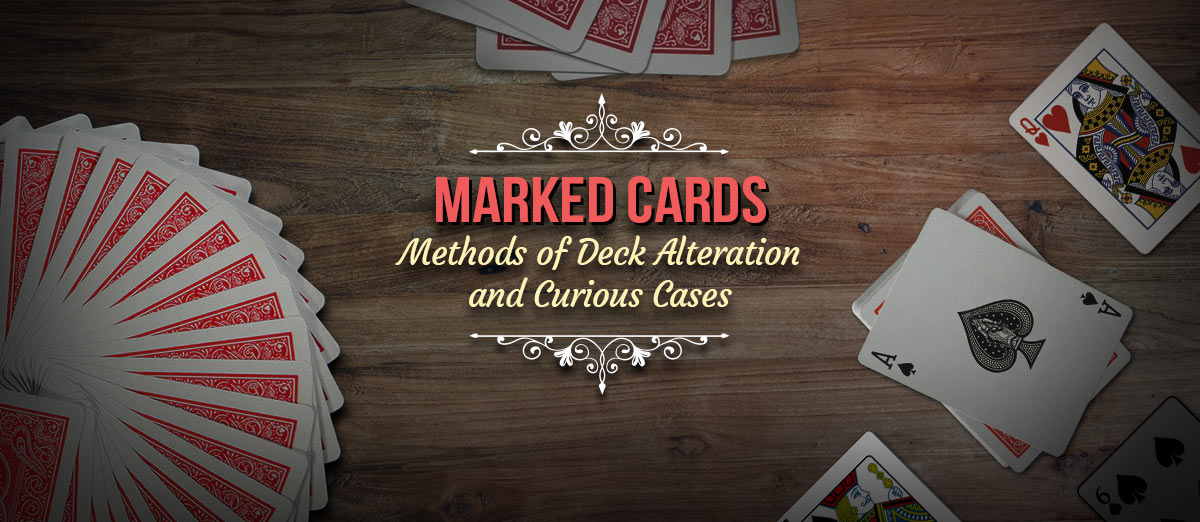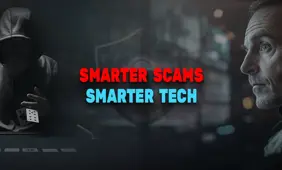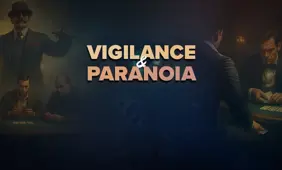Card Marking Strategies and Methods Used from Gamblers

Marked cards seem like the perfect way to beat almost any game, but it comes with many problems and dangers inherent to playing (and winning) with cards that might later be used against you in court. Cheaters have found ingenious ways to load marked cards into private games, but when it comes to casinos, the potential reward might be higher but so are the chances of getting caught.
Many years ago, I spent a lot of time in Los Angeles's Farmer's Market on 3rd and Fairfax, hanging out with a crew of retired grifters, hustlers, and card cheaters. From this cabal of curmudgeons, I learned a great deal about how they beat dice games, hustled pool, and beat games in California's card rooms. I soon heard that one of these old-timers (we'll call him PH) had found a way to mark the plastic playing cards that were used and constantly recycled in some clubs. According to him, he could mark a whole deck while playing seven stud, and the substance being used could apparently burn very subtle marks permanently into those plastics.
Naturally, I was intrigued, but PH was elusive until one day, he called and told me to bring a deck of Kem cards (the type used in those card rooms), which he proceeded to mark for me over a game of Rummy. Sure enough, after a few rounds, he could read the value of any card I held up, and the smudge he had created on each card (the location of which indicated the card's value) was incredibly light and only visible to a trained eye.
Amazingly, the work didn't rub off and is still on that deck, meaning whatever his secret "stuff" was, it could penetrate plastic.
To this day, I have no idea what was in that mixture (though I know his devilish method for hiding it in plain sight), but it sure worked as advertised though I'd think twice about using it myself as the chances of it being toxic are quite high.
Until seeing PH lay that paper for me, I would have been certain that plastic cards were immune to "daub" (a special pigment that can be applied to paper cards), yet PH and his friends had experimented with all sorts of chemicals until finding this particular witches' brew, and this is the problem that land-based casinos constantly face: cheaters will always find a way to overcome almost any obstacle in their endless game of cat and mouse.
Typical "daub" for games like Blackjack might be Golden Glow or Silver, both of which apply paint so lightly that you can only see it if you know how and where to look. Typically, this is applied during games where players can handle the cards, but in some cases, crooked dealers can mark up to eight decks so their confederates can see aces and tens as soon as they arrive at the front of the shoe then make bets or decisions accordingly.
There are important factors for cheaters to consider, one of which is that the lighting conditions can render some types of daub invisible or - worse - make the marks more visible so any stump at the table can see the smudges!
When playing in a downtown Las Vegas casino, I bought a bunch of used souvenir decks to check our silver daub with their back design, remixing the paint accordingly, but when we got to the table, the marks were way too strong, and we had to back off our play to avoid anyone checking the cards we had painted! Luckily, one benefit of this type of marking system is that the work (the marks) gradually fades until only a chemical analysis might reveal there was anything on the cards.
A Card Marking Technique Straight оut of a Hollywood Movie
Marking cards and then playing them at the table is a recipe for jail time. By far, the best solution would be to play with cards that were marked long before they arrived at the table!
In South Africa, this dream scenario became a reality when a crooked employee of a playing card manufacturer made a few adjustments to the printing plates used for casino customers, scratching off a tiny part of the design exactly where that area of the playing card could be seen in a regulation dealing shoe. He did this for the high cards and then sold the information to teams of cheaters who suddenly had an unbeatable edge that was not discovered until the casino profits started to tank.
Eventually, it became obvious that if they couldn't detect anyone interfering with their cards, they must already be marked and with the simplest method of detection - the riffle test, where cards are popped off the thumb like a flip book while watching the back design for "animations" - immediately revealed that their entire stock of cards has been compromised!
This took the casino many months to detect, and they only suspected there was a problem once the cheaters started to impact the game's bottom line. But for players searching for a legitimate advantage against the house, there's an even better dream scenario: cards that come ready-marked from the factory without any outside or inside interference, legitimate decks that contain some weakness that can be identified and leveraged to guarantee a win.
Naturally, this should never happen, but in fact, almost every deck of cards ever printed (until just a few years ago) has an inherent flaw that could be used to beat many games and, in fact, has cost many millions of dollars and resulted in multiple court cases where lawyers in several countries have tried to reason whether or not using such knowledge was cheating or not. I'll discuss that situation in another article.
Natural Card Bends and Scratches – A Hint for Observant Players
Inherent flaws aside, marked cards (and marking them) are extremely rare in casinos when the cards are properly protected, managed, and rotated regularly. In fact, over-using paper cards in table games offer some of the most powerful advantages to observant players who might spot natural bends, scratches, or nicks and use that information to inform decisions during play. For example, just one ace with a slight crimp created during legitimate handling could be extremely profitable if the deck remains in play for too long.
A particularly clever strategy used in the past was to find a seat at the table where the light hit the shoe just right and determine which cards had a natural convex bend, created when the dealer peaked under a ten or an ace to see their hole card.
Since this action only occurred for those values, if that slight bend existed, chances were good that it was a high card, and players might use that information to increase bets at the start of a round or avoid hitting if a ten would best their hand (or to steer a high card to the dealer and bust their hand)! If you ever wondered why dealers now use a tiny mirror to check their cards instead of checking the old-fashioned way, now you know why.
Conclusion
Playing with marked cards is a very difficult strategy to use without tipping that you have information you shouldn't, and most often, the best strategy is to rotate "take off" players and signal how they should bet or act to win the most money; this could mean that the seemingly innocent player at third base betting five dollar chips just might be orchestrating a robbery from the other side of the table.





Review this Blog
Leave a Comment
User Comments
comments for Card Marking Strategies and Methods Used from Gamblers